After the country’s call for consumption upgrade, more and more high-end cars have appeared. People have started joking that domestic brands are getting more and more expensive and they can’t afford them anymore. This is not entirely true. Although high-end models from domestic brands keep emerging, and luxury cars costing tens of thousands or even millions are not uncommon, the truth is that there are still many affordable and high-quality models from domestic brands. Currently, the mainstream models in the car market are still in the 150,000 yuan (21010$) range, which means there are many options in the 150,000-200,000 yuan (28010$) range. Moreover, the players in this price range are all strong contenders, otherwise it would be difficult to shake up this crazy car market. If you want to buy a pure electric SUV in the 150,000-200,000 yuan (28010$) range and are looking for comfort, safety, and intelligent features, what are the good choices? Today, we will recommend two powerful models for you, the Chery Jetour X70 and the BYD Yuan PLUS.
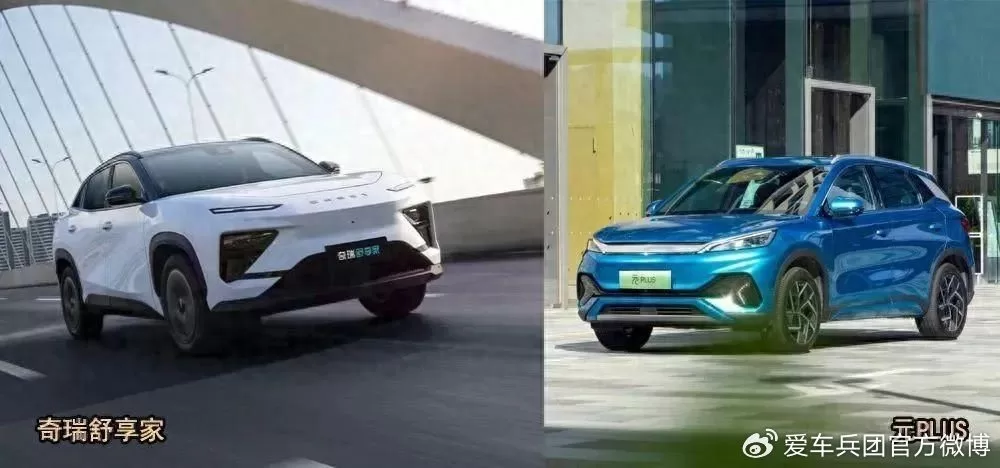
Why recommend this car? Because both of these cars have very obvious features. The BYD Yuan PLUS is the best-selling model in the same price range, which is enough to show the recognition of consumers for this car. The Chery eQ1 also has its own strengths, created from China’s first aluminum-based lightweight platform, positioned as a super comfortable family pure electric SUV, with a maximum range of 512km. With these product features, selling for 300,000 yuan (42020$) is not excessive, but this car starts at only 129,900 yuan (18190$), which is simply outstanding.
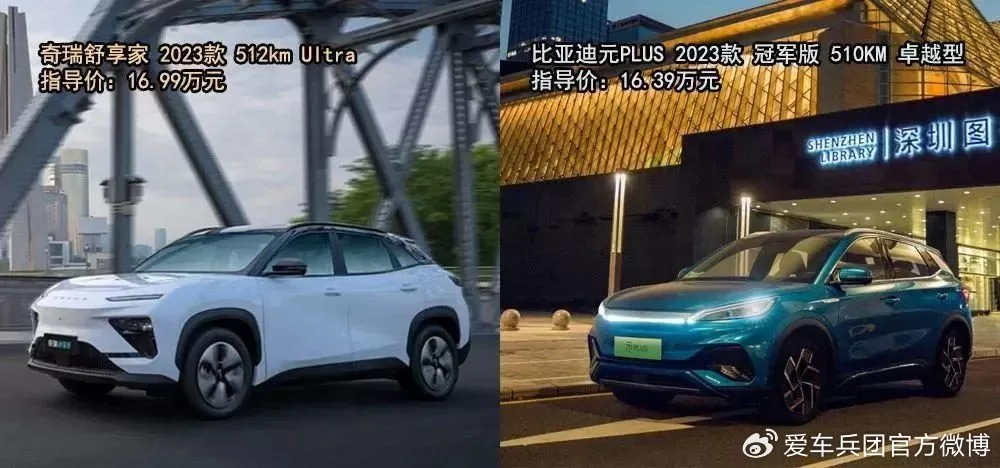
At the same price of over 160,000 yuan (22410$), the BYD Yuan PLUS Champion Edition 510KM Excellence and the Chery Arrizo GX 512km Ultra, priced at 163,900 yuan (22960$) and 169,900 yuan (23800$) respectively, which car model is more in line with the super comfortable, super intelligent positioning, and which car model can better meet your car needs? Let’s analyze and see.
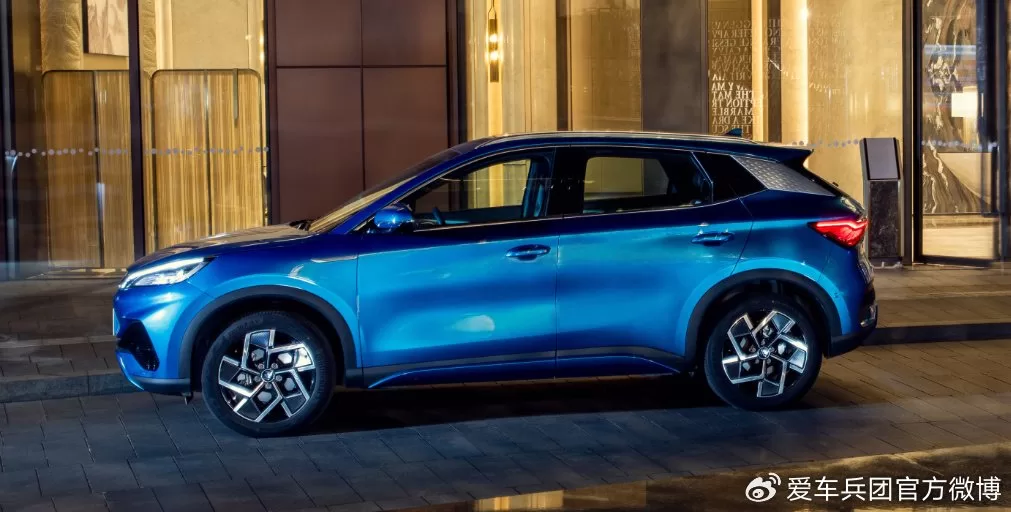
Size and Space: Comfortable Home has the Advantage At the same price, Chinese consumers have always preferred large size and spacious cars. As a family SUV, these two points are particularly important. Comfortable Home is positioned as a mid-size SUV, with dimensions of 4675*1910*1660mm and a wheelbase of 2830mm. It is a standard mid-size SUV, and its extra-long wheelbase gives it unmatched rear legroom among vehicles in the same price range. It’s worth mentioning that the car’s interior space utilization rate is as high as 67.2%.
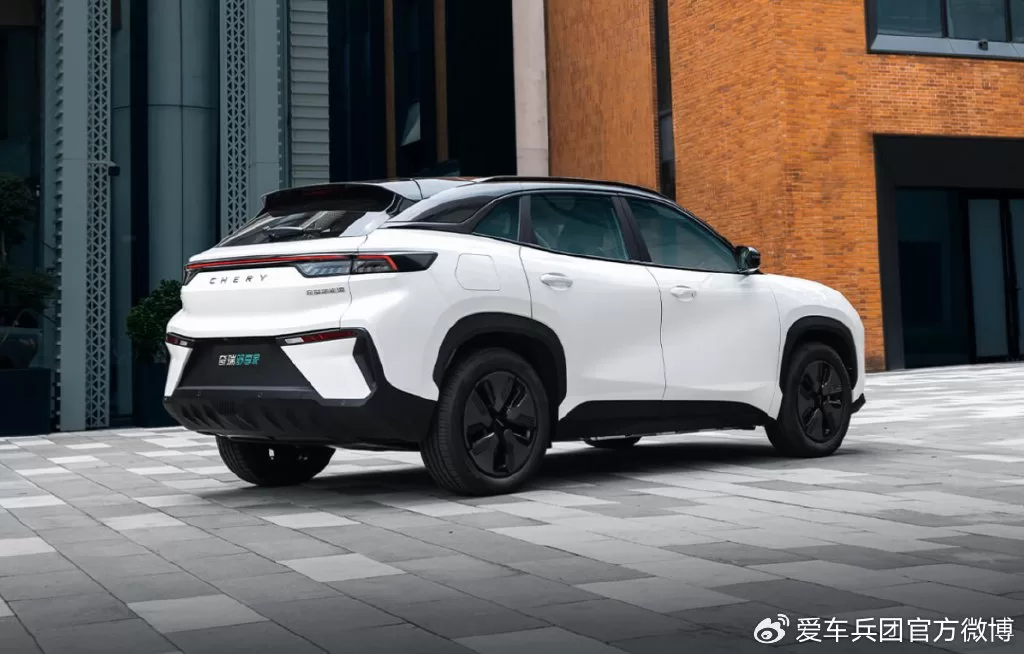
In comparison, the Yuan PLUS is slightly inferior, with dimensions of 4455*1875*1615mm and a wheelbase of 2720mm, positioning it as a compact SUV. In terms of size and space, the Chery Tiggo has an absolute advantage.
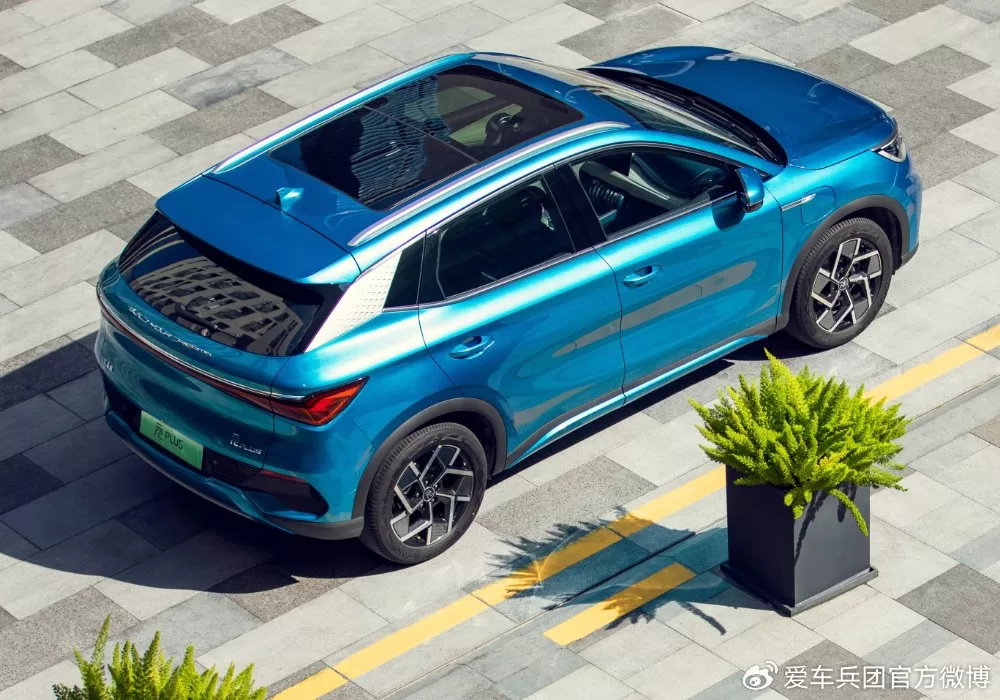
Comfort configuration leads the way for family enjoyment As a family car, the comfort of family members is especially important. In addition to needing spaciousness, the comfort of the front passenger seat is also a measure of the car. From this perspective, Chery’s new energy vehicle is really thoughtful. The Enjoy family is the only model in the same price range with a dedicated queen’s front passenger seat, equipped with six functions including electric leg support, eight-point massage, four-way adjustment, ventilation, heating, and BOSS button. In addition, the front seats of the Enjoy family also have electric seat memory function, greatly improving the convenience of use. It is worth mentioning that the driver’s seat of the Enjoy family also has lumbar support function, optimizing the comfortable experience of the seat to the extreme.
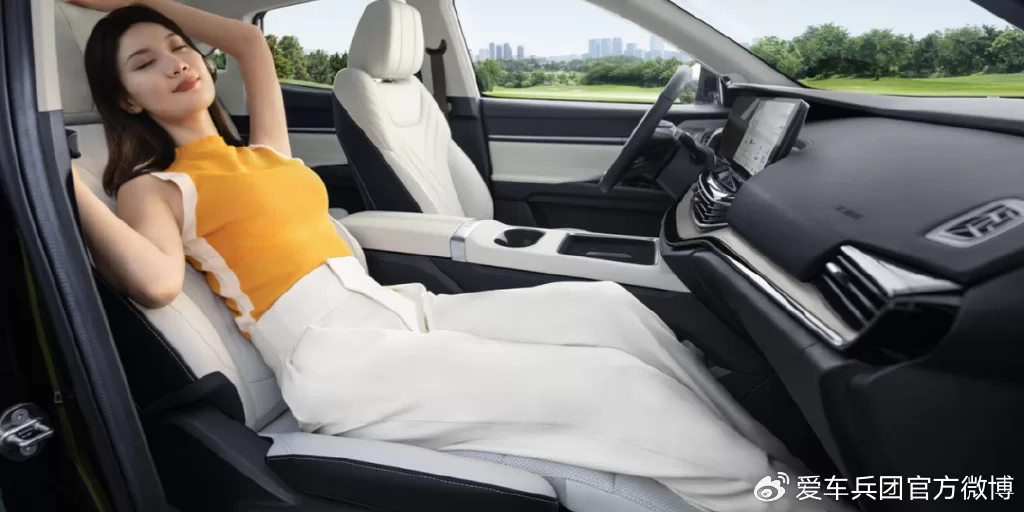
The second row seats in the Shuxiangjia also come with seat heating and cabin overheating protection, truly embodying the “comfort” in every way.

Of course, the front seats of the Yuan PLUS also come with heating and ventilation functions. It’s quite generous for a car in the 160,000 yuan (22410$) price range to have seat ventilation. Unfortunately, the Comfortable Home configuration is too high. The Yuan PLUS seems a bit lackluster. I have experienced test drives of both the Comfortable Home and the Yuan PLUS. In terms of creating a quiet environment, the Comfortable Home can be said to spare no expense. This car is equipped with three-layer double-sided soundproof glass that is difficult for other cars in the same class to achieve, with a body acoustic coverage rate of over 87%, effectively filtering out external noise and creating the quietest smart cabin. The Yuan PLUS does not have double-layer soundproof glass, and while the car’s quietness is excellent, compared to the Comfortable Home with full comfort configuration, it is slightly inferior. Nowadays, more and more household cars are paying attention to the issue of air quality in the car. Both of these models have done quite well in this respect, with air purifiers and PM2.5 filtration devices, which is worthy of praise, as they are both models that pay great attention to health and quality. Who is the most intelligent? Consumers have more stringent requirements for the control configuration and intelligence of new energy vehicles, and these happen to be the strengths of independent brands. The Comfortable Home and the Yuan PLUS can be said to be the leaders in the same price range. In terms of active safety configuration, there is not much difference between the two models, both equipped with lane departure warning systems, active braking, DOW door opening warning, front collision warning, rear collision warning, and low-speed driving warning functions. The difference is that the Comfortable Home has a fatigue driving reminder function, while the Yuan PLUS is equipped with a moving object warning system. It can be said that both models are quite excellent, and the intelligent driving assistance systems have reached the level of L2+.
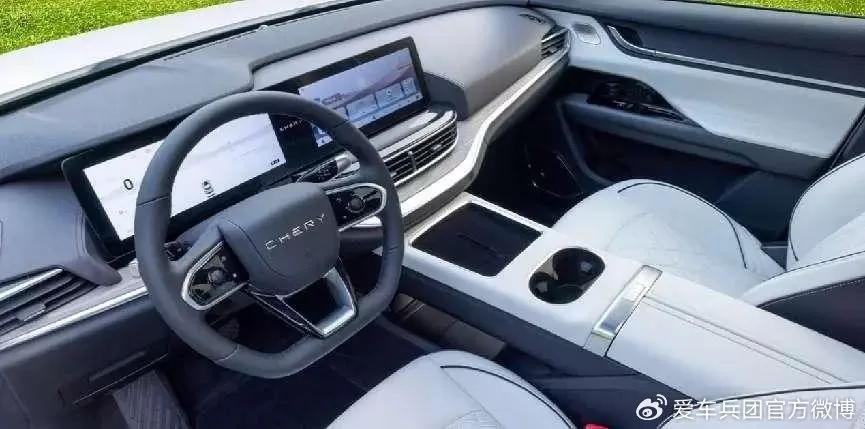
At the same time, the Yuan PLUS also added the automatic parking function, as well as retaining BYD’s unique feature – remote parking. Although the frequency of use of these two functions may not be high, they are still very user-friendly for novice drivers. In terms of intelligence, both models are excellent, equipped with language recognition control systems for multimedia systems, navigation, phone, air conditioning, and sunroof; the difference is that the Yuan PLUS has a very practical four-zone language division wake-up recognition function, while the Yuan PLUS has a voice-free wake-up function. In comparison, I think the four-zone language division wake-up recognition of the Yuan PLUS is more practical.
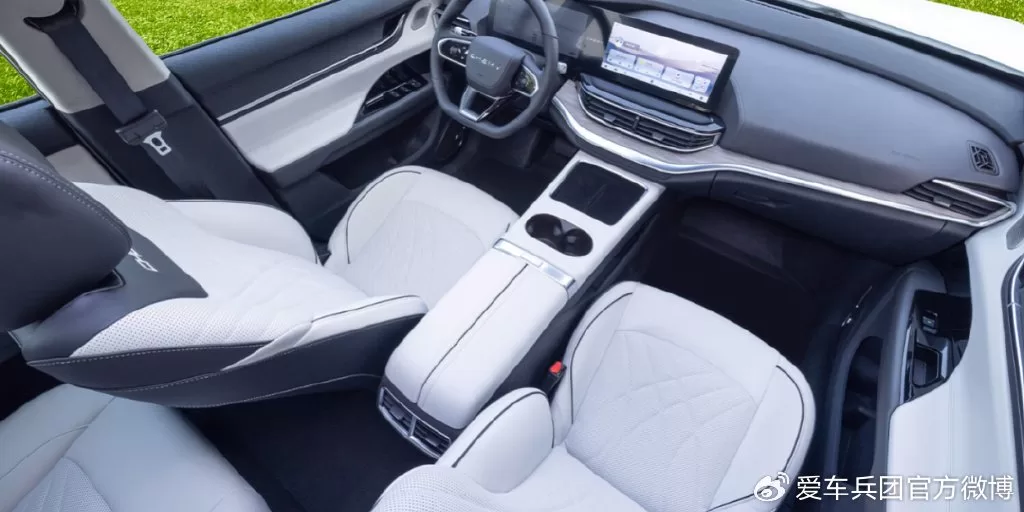
Of course, Bluetooth phone, car networking, 4G network, OTA upgrade, Wi-Fi hotspot and other basic configurations are all available in both models. In addition, these two models also have highly practical remote control functions through a smartphone app, although there are some differences in the specific functions that can be controlled remotely. First, let’s talk about the Yuan PLUS, this car app can remotely control the car door, vehicle start, charging management, air conditioning control, vehicle diagnosis, vehicle positioning, owner services, and appointment maintenance functions, while the ShuXiangJia controls the car door, window control, vehicle start, air conditioning control, seat heating, vehicle positioning, owner services, and appointment maintenance functions. It’s just a difference in driving habits, and there is no difference in intelligence level between the two, both are very well in place.
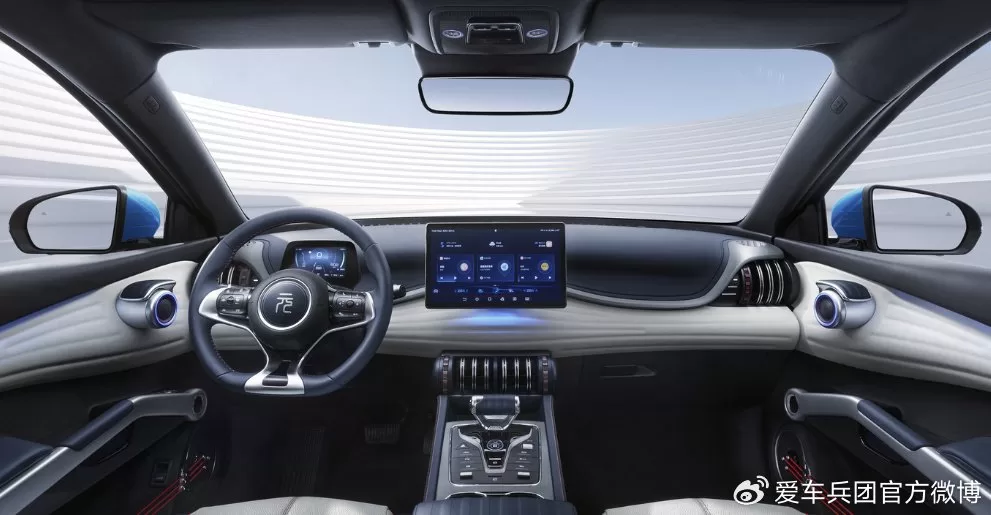
But to be honest, in terms of the technological feel inside the cabin, the visual effect of the ShuXiangJia is superior. It is equipped with a 24.6-inch retina-level dual screen, with a 12.3-inch central screen and LCD instrument panel, providing a wider field of view. The Yuan PLUS LCD instrument panel is only 5 inches, while the central screen is 15.6 inches. I think this design is less user-friendly and less technological than the dual screen of the ShuXiangJia. Moreover, the 15.6-inch central screen of the Yuan PLUS, when rotated to vertical mode, more or less affects the driver’s field of view, which is not a very reasonable design.
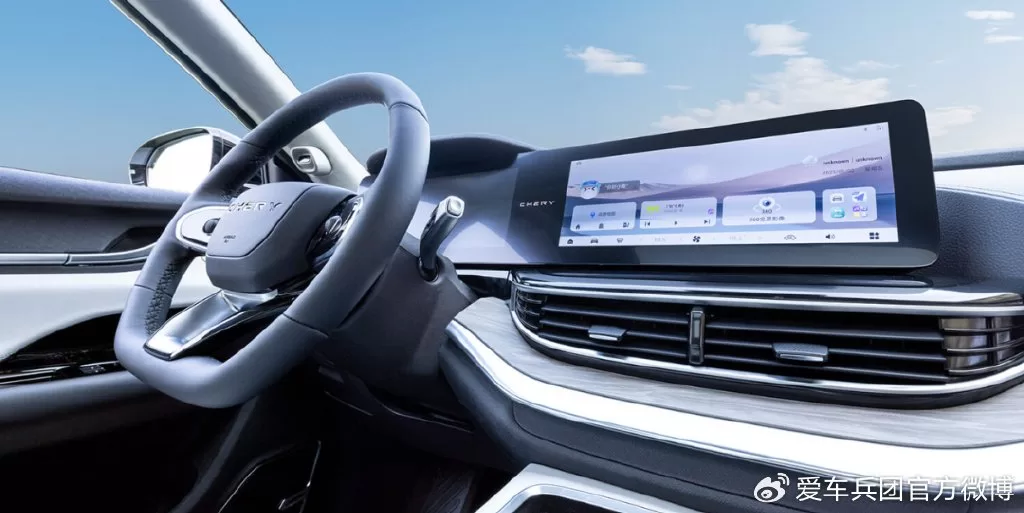
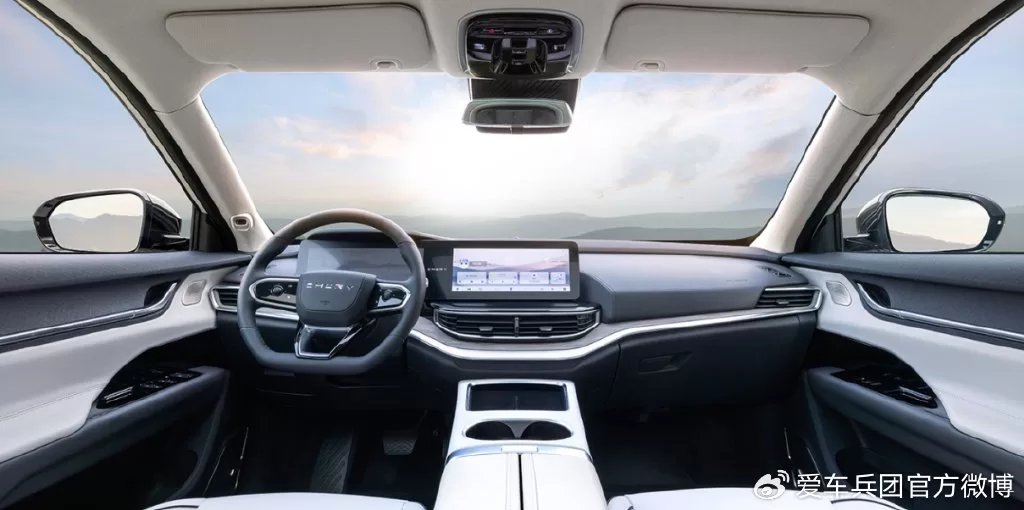
In conclusion, both the Shu Xiang Jia and Yuan PLUS have their own strengths. Both cars have a range of 510 kilometers, which can be charged once a week to meet the needs of most users. Consumers are now very rational when choosing a car, and product strength is the core point of car selection. In terms of intelligence and handling, these two models have their own advantages and disadvantages, but the differences are not significant.
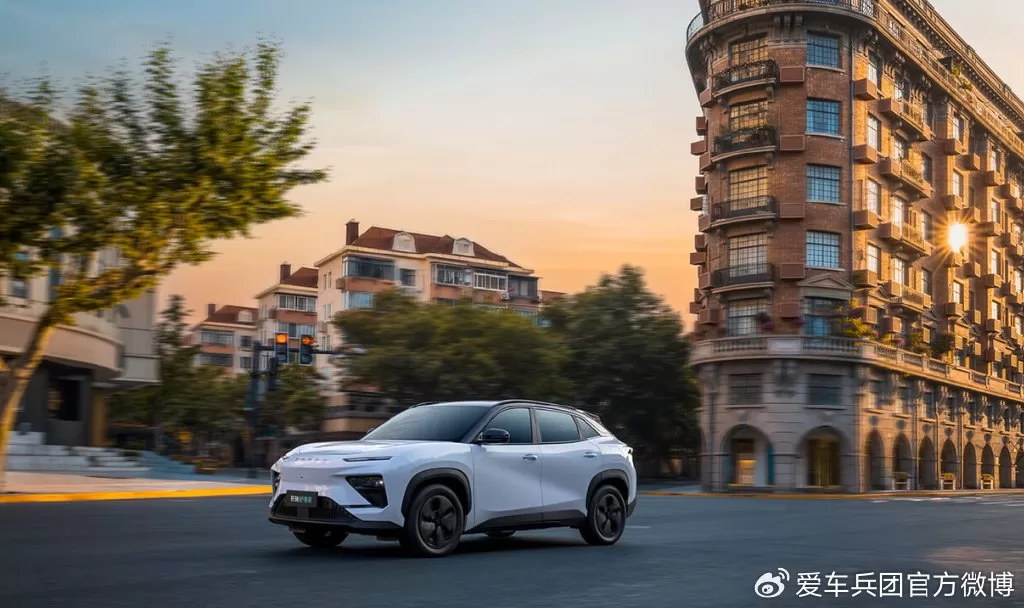
But when it comes to comparing comfort and space, the higher-positioned Shuxiangjia is obviously superior, targeting compact SUVs with a mid-size SUV, and it is 30% lighter and more energy-efficient, with a stronger body rigidity, which can be described as a knockdown. So, how to choose between these two cars? I believe everyone has a scale in their hearts.